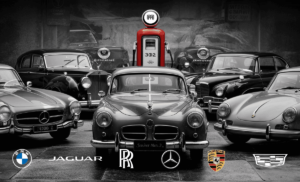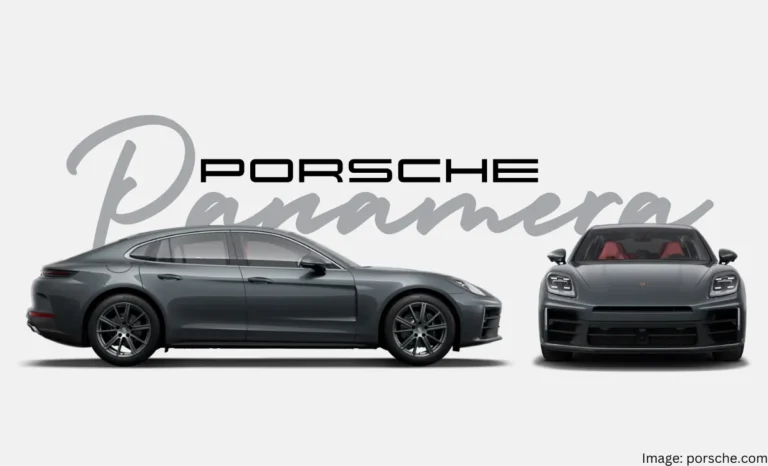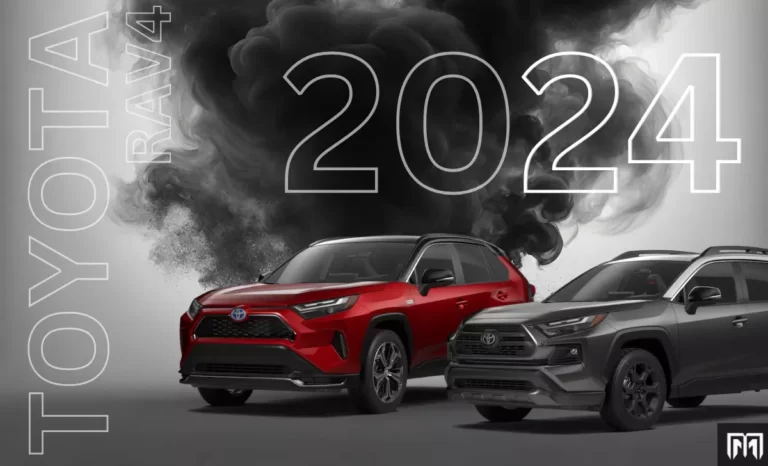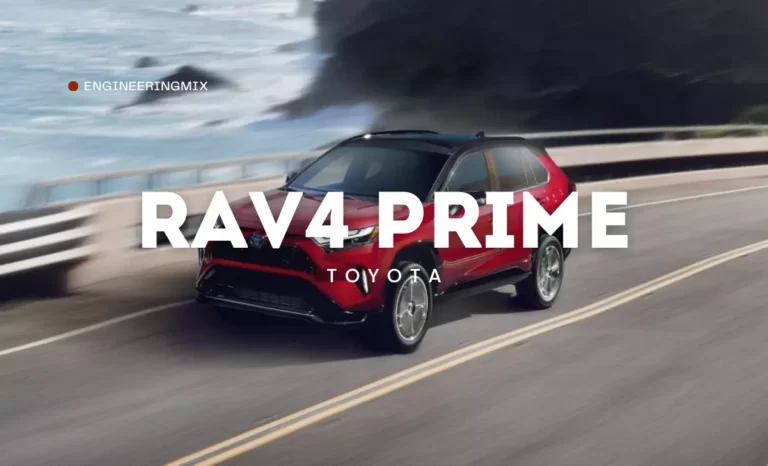In this article
- 1 Introduction to Classic Luxury Cars in India
- 2 Mercedes-Benz: The Timeless Elegance
- 3 Rolls-Royce: The Epitome of Luxury
- 4 Jaguar: British Charm and Performance
- 5 Cadillac: American Prestige
- 6 BMW: German Precision and Innovation
- 7 Porsche: The Sporty Side of Luxury
- 8 Challenges and Joys of Owning a Classic Luxury Car in India
Introduction to Classic Luxury Cars in India
India’s fascination with classic luxury cars spans decades, representing not just opulence but also a rich tapestry of historical significance and cultural impact. These vehicles, often regarded as icons of a bygone era, have transcended their original purpose of transportation to become emblematic of prestige and heritage. In a country where the past and the present seamlessly interweave, old luxury cars serve as a bridge to an era of grandeur and elegance, making them highly coveted by enthusiasts and collectors alike.
The allure of classic luxury cars in India is deeply rooted in the nation’s history. During the pre-independence era, Indian royalty and the elite class imported these exquisite vehicles, which symbolized their wealth and standing in society. Brands like Rolls-Royce, Bentley, and Cadillac became synonymous with affluence and were often custom-built to cater to the specific tastes of their affluent owners. These cars were not merely modes of transportation; they were rolling artworks, representing the zenith of automotive engineering and design.
As time progressed, the cultural impact of these classic cars only intensified. They became status symbols, embodying a sense of nostalgia and reverence for the craftsmanship of yesteryears. In contemporary India, owning a vintage luxury car is akin to possessing a piece of history. Collectors and automobile aficionados take pride in restoring and maintaining these masterpieces, often participating in car rallies and exhibitions to showcase their prized possessions.
The market for old luxury cars in India has also seen a significant surge, driven by a growing community of collectors who value the rarity and exclusivity these vehicles offer. Auctions and private sales frequently feature iconic models, with some fetching astronomical prices. This trend underscores the enduring appeal of classic luxury cars, which continue to captivate the imagination of new generations, ensuring their legacy endures.
In essence, the fascination with old luxury cars in India is a testament to the country’s appreciation for timeless elegance and superior craftsmanship. These vehicles are more than just machines; they are cherished relics that celebrate a rich heritage and continue to inspire awe and admiration.
Mercedes-Benz: The Timeless Elegance
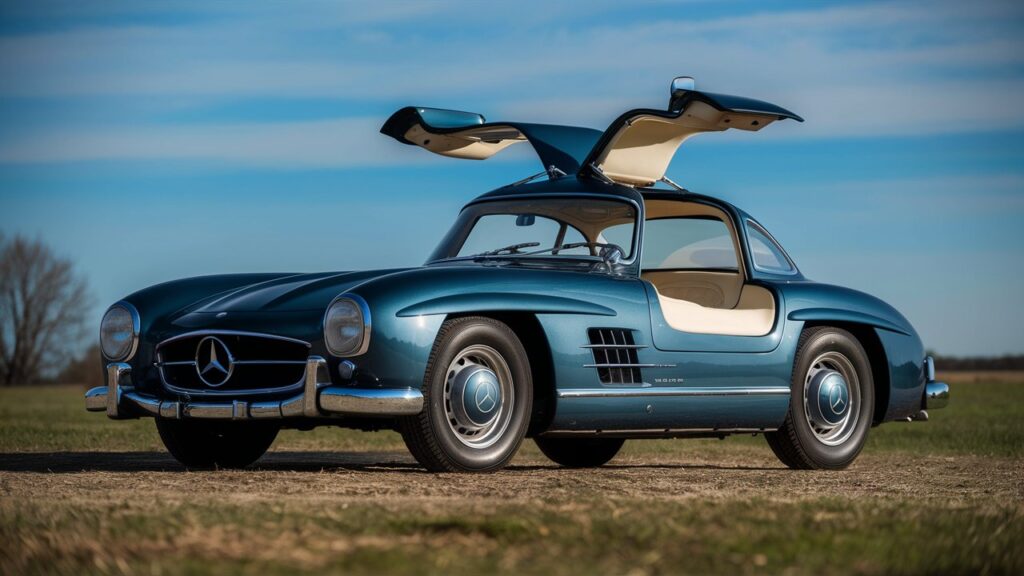
Mercedes-Benz has long been synonymous with luxury and engineering excellence, a reputation that extends deeply into the Indian automotive landscape. Among the classic models that have left an indelible mark, the Mercedes-Benz 300SL, the W123 series, and the S-Class from the 1970s and 1980s stand out as icons of timeless elegance and performance.
The Mercedes-Benz 300 SL, introduced in the 1950s, is revered as a pioneering model that combined groundbreaking technology with stunning design. Known for its distinctive gullwing doors and robust 3.0-liter engine, the 300SL was not only a marvel of its time but also set a high benchmark for luxury sports cars. Its top speed of 260 km/h was a feat that captured the imaginations of car enthusiasts globally, including in India.
Moving into the 1970s and 1980s, the Mercedes-Benz W123 series became a symbol of reliability and understated luxury. The W123’s design, characterized by its robust build and classic lines, was coupled with an array of engine options that catered to diverse preferences. The 200D diesel variant, in particular, became highly popular among Indian buyers for its durability and fuel efficiency. Even today, the W123 is celebrated by collectors and remains a testament to Mercedes-Benz’s commitment to quality and longevity.
The S-Class models from this era, particularly those from the 1970s and 1980s, further cemented Mercedes-Benz’s status as a leader in luxury automotive innovation. These vehicles introduced numerous advancements that have since become standard in modern cars, such as anti-lock brakes (ABS), airbags, and advanced climate control systems. The S-Class’s combination of plush interiors, cutting-edge technology, and powerful performance made it a favorite among India’s elite, and it continues to be a symbol of status and sophistication.
In essence, the enduring popularity of these classic Mercedes-Benz models in India can be attributed to their blend of elegance, innovative features, and reliable performance. They are not just cars; they are pieces of automotive history that continue to be cherished and revered by enthusiasts and collectors alike.
Mercedes-Benz Classic Models Timeline
- Mercedes-Benz 300SL (1954 – 1963)
- 1954: Introduction of the Mercedes-Benz 300SL Gullwing at the New York International Auto Show.
- 1957: Introduction of the 300SL Roadster, replacing the Gullwing model.
- 1963: End of production for the 300SL Roadster.
- Mercedes-Benz W123 Series (1976 – 1986)
- 1976: Launch of the W123 series, including sedan, coupe, and wagon variants.
- 1980: Introduction of the facelifted models with updated features.
- 1986: End of production for the W123 series.
- Mercedes-Benz S-Class (1972 – Present)
- 1972: Introduction of the first official S-Class, the W116 series.
- 1979: Launch of the W126 series, known for its advanced safety and luxury features.
- 1991: Introduction of the W140 series, which included innovations like double-pane windows and a self-closing trunk.
- 2005 – 2014: Production of the W221 series, featuring numerous technological advancements.
- 2013 – Present: Introduction of the W222 series, continuing the legacy of the S-Class.
Rolls-Royce: The Epitome of Luxury
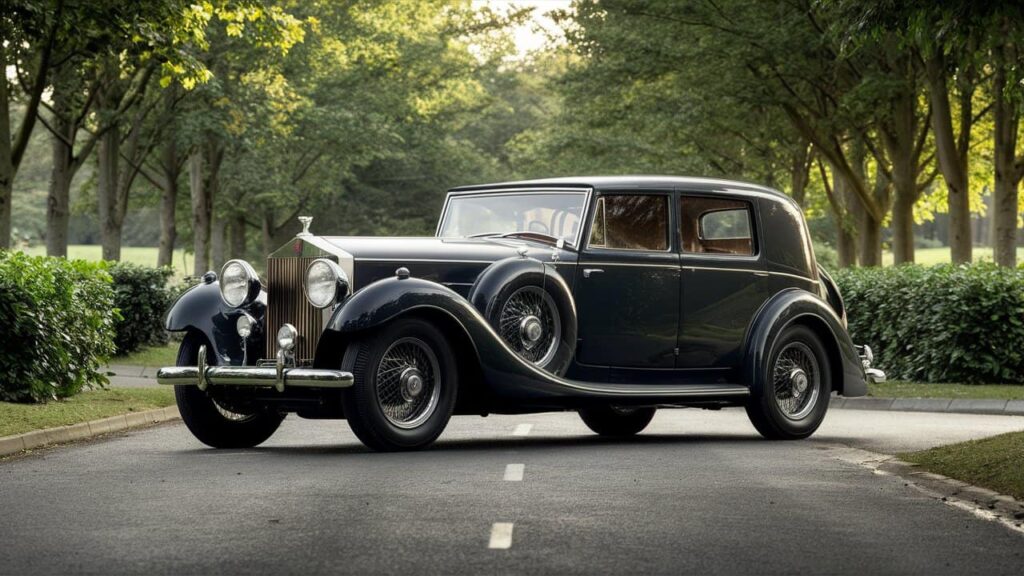
Rolls-Royce has long been synonymous with luxury and opulence, a reputation solidified by its deep-rooted connections with royalty and aristocracy in India. The brand’s legacy in the country is not merely a tale of automobiles but a saga of heritage, craftsmanship, and timeless elegance. Notable figures, including Indian Maharajas and eminent industrialists, have been ardent patrons of Rolls-Royce, further cementing its status as a symbol of prestige.
Among the array of vintage Rolls-Royce models, the Silver Ghost and the Phantom series stand out. The Silver Ghost, often referred to as ‘the best car in the world,’ epitomizes the brand’s commitment to unparalleled quality and performance. Introduced in 1906, this model became a cornerstone for Rolls-Royce, offering exceptional reliability and a smooth driving experience that was revolutionary for its time.
The Phantom series, launched in 1925, further elevated Rolls-Royce’s standing in the luxury car market. Each Phantom model has been a testament to the brand’s dedication to refinement and innovation. The Phantom I, II, and III, in particular, have become highly sought-after collectibles, cherished for their exquisite design and engineering excellence. These cars were often custom-built, and tailored to meet the specific tastes and requirements of their illustrious owners, making each vehicle unique.
Rolls-Royce’s craftsmanship is evident in every detail, from the hand-stitched leather interiors to the meticulously crafted wood veneers. The exclusivity of owning a vintage Rolls-Royce lies not just in its historical significance but also in the unparalleled luxury it offers. The brand’s commitment to excellence ensures that each car is a masterpiece, a blend of art and engineering that continues to captivate collectors and enthusiasts alike.
In conclusion, Rolls-Royce remains the epitome of luxury in India, a timeless symbol of elegance and sophistication. Its legacy, embodied by iconic models like the Silver Ghost and the Phantom series, continues to enchant those who appreciate the finer things in life. For collectors, a vintage Rolls-Royce is not just a car; it is a prized possession, a piece of automotive history that exudes class and distinction.
Rolls-Royce Classic Models Timeline
- Rolls-Royce Silver Ghost (1906 – 1926)
- 1906: Introduction of the Silver Ghost, praised for its reliability and smooth ride.
- 1925: Introduction of the Phantom I, marking the transition from the Silver Ghost.
- Rolls-Royce Phantom Series (1925 – Present)
- 1925: Launch of the Phantom I, replacing the Silver Ghost.
- 1929: Introduction of the Phantom II, featuring a new chassis and improved performance.
- 1936: Launch of the Phantom III, the first Rolls-Royce with a V12 engine.
- 1950: Introduction of the Phantom IV, produced exclusively for royalty and heads of state.
- 1959: Launch of the Phantom V, known for its luxurious appointments.
- 1968: Introduction of the Phantom VI, continuing the tradition of bespoke luxury.
- 2003 – Present: Production of the modern Phantom series, starting with the Phantom VII.
Jaguar: British Charm and Performance
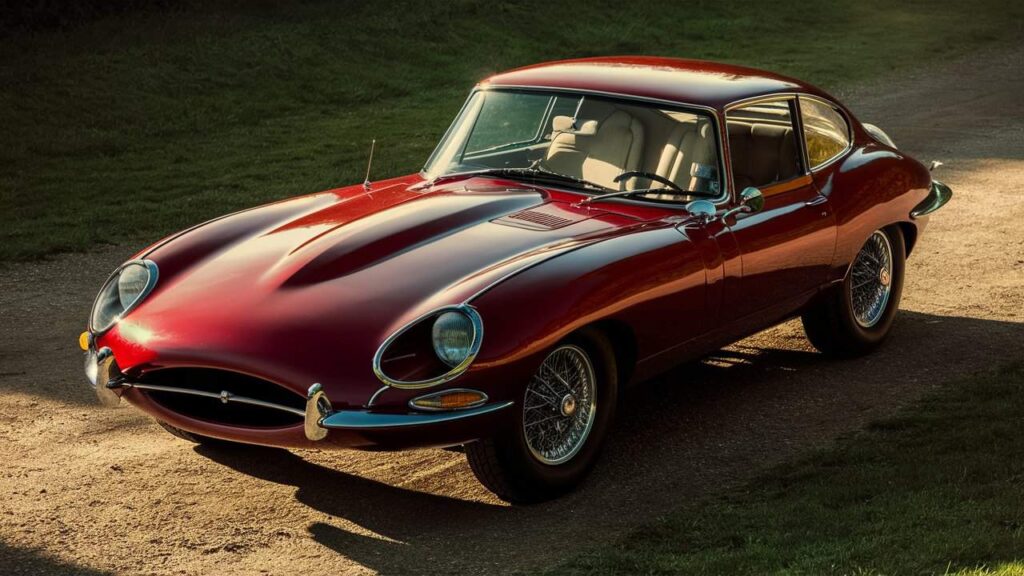
Classic Jaguar cars have long been synonymous with British elegance and exceptional performance, making them a coveted choice in the Indian luxury car market. Among the most iconic models is the Jaguar E-Type, often hailed as one of the most beautiful cars ever made. Its sleek, aerodynamic design, coupled with powerful engineering, offers an unmatched driving experience. The E-Type’s legacy of combining sportiness with luxury continues to attract enthusiasts and collectors alike.
The Jaguar Mark 2 is another timeless classic that has left an indelible mark on the automotive world. Known for its refined aesthetics and agile handling, the Mark 2 was a favorite among both racing enthusiasts and dignitaries. Its luxurious interiors, advanced engineering for its time, and smooth ride quality resonate well with those who appreciate the finer things in life. The Mark 2’s distinctive grille and rounded edges are instantly recognizable, exuding an air of sophistication and class.
In the realm of iconic luxury sedans, the Jaguar XJ series stands out. The XJ series epitomizes British luxury, blending cutting-edge technology with traditional craftsmanship. From the XJ6 to the XJ12, these cars have been revered for their plush interiors, powerful engines, and smooth handling. The XJ series has consistently represented Jaguar’s commitment to innovation without compromising on the brand’s heritage of elegance and performance.
What sets Jaguar apart in the Indian market is its unique blend of sportiness and luxury. These classic models offer an unparalleled driving experience defined by their superb engineering, exquisite design, and rich history. For discerning Indian buyers, owning a Jaguar is not merely about possessing a car; it’s about embracing a legacy of British charm and high-performance motoring.
Jaguar Classic Models Timeline
- Jaguar E-Type (1961 – 1975)
- 1961: Introduction of the Jaguar E-Type at the Geneva Motor Show.
- 1968: Introduction of the Series 2 E-Type with several design and mechanical updates.
- 1971: Launch of the Series 3 E-Type, featuring a V12 engine.
- 1975: End of production for the E-Type.
- Jaguar Mark 2 (1959 – 1967)
- 1959: Introduction of the Jaguar Mark 2, a popular luxury sports sedan.
- 1967: End of production for the Mark 2, replaced by the Jaguar 420 and XJ6 models.
- Jaguar XJ Series (1968 – Present)
- 1968: Launch of the first Jaguar XJ6, introducing the XJ series.
- 1972: Introduction of the XJ12, featuring a V12 engine.
- 1986: Launch of the XJ40 series with advanced electronics and improved performance.
- 1994: Introduction of the X300 series, a facelifted version of the XJ40.
- 2003 – Present: Continuous production of the XJ series, with significant updates in design and technology.
Cadillac: American Prestige
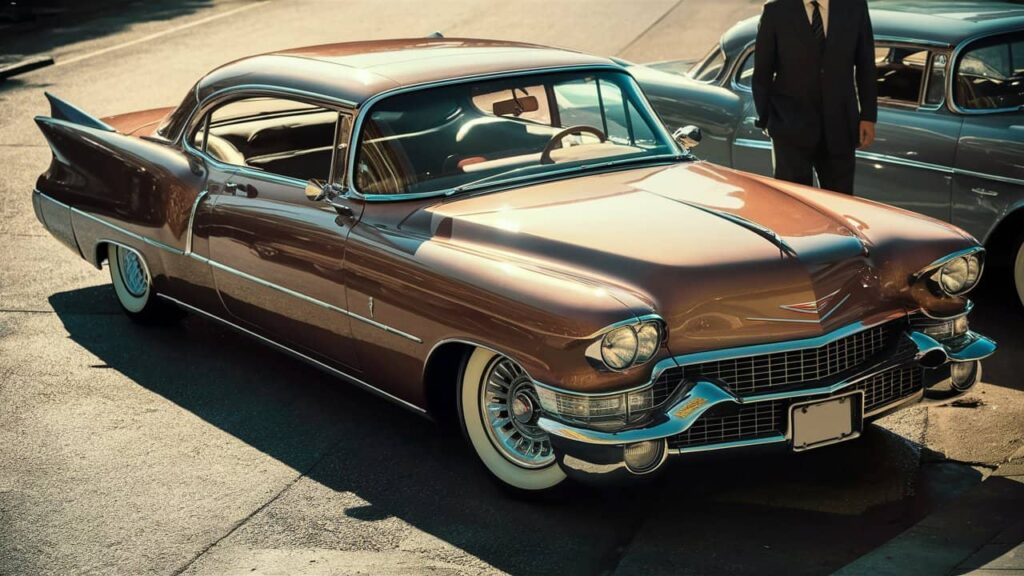
When discussing the presence of classic luxury cars in India, Cadillac stands out as a symbol of American automotive prestige. Esteemed for their blend of opulence and innovation, Cadillac models such as the Eldorado, DeVille, and Fleetwood have garnered a dedicated following among Indian car enthusiasts. These models are not just vehicles; they are embodiments of a bygone era where luxury was defined by attention to detail, comfort, and distinctive style.
The Cadillac Eldorado, for instance, is renowned for its elegant design and powerful performance. It features a spacious interior equipped with plush seating and cutting-edge technology of its time, making any journey a comfortable and enjoyable experience. The Eldorado’s sleek lines and bold grille exemplify the Cadillac’s commitment to luxury and sophistication.
Similarly, the Cadillac DeVille has left an indelible mark with its remarkable engineering and luxurious appointments. Known for its smooth ride and advanced features, the DeVille combines classic American styling with the reliability and performance that luxury car buyers expect. Its spacious interior, adorned with high-quality materials, showcases Cadillac’s dedication to comfort and elegance.
The Cadillac Fleetwood, another iconic model, is celebrated for its majestic presence and superior craftsmanship. This model boasts an impressive array of features, including a powerful V8 engine, a top-notch suspension system, and state-of-the-art amenities. The Fleetwood’s timeless design and robust build quality make it a prized possession among collectors and admirers of classic American cars in India.
Overall, the appeal of Cadillac in the Indian market lies in its ability to deliver a unique blend of luxury, performance, and style. These classic models not only offer a glimpse into the golden age of American automotive design but also continue to captivate with their enduring charm and sophistication.
Cadillac Classic Models Timeline
- Cadillac Eldorado (1953 – 2002)
- 1953: Introduction of the first Cadillac Eldorado, a luxury convertible.
- 1957: Launch of the second-generation Eldorado Brougham, featuring advanced technology.
- 1967: Introduction of the front-wheel-drive Eldorado, setting a new standard in luxury.
- 2002: End of production for the Eldorado.
- Cadillac DeVille (1949 – 2005)
- 1949: Introduction of the first Coupe DeVille, a luxurious two-door sedan.
- 1959: Launch of the redesigned DeVille with iconic tailfins.
- 1965: Introduction of the front-wheel-drive DeVille, enhancing comfort and performance.
- 2005: End of production for the DeVille, replaced by the Cadillac DTS.
- Cadillac Fleetwood (1947 – 1996)
- 1947: Introduction of the Cadillac Fleetwood series, named after the Fleetwood Body Company.
- 1954: Launch of the Fleetwood Sixty Special, known for its opulent features.
- 1996: End of production for the Fleetwood, marking the end of an era.
BMW: German Precision and Innovation
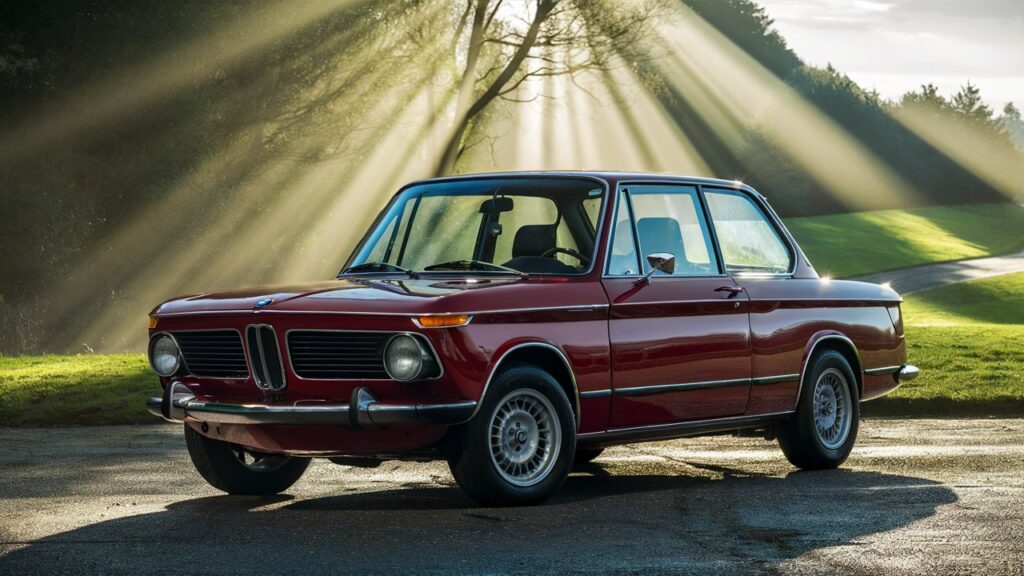
BMW, a name synonymous with precision and innovation, has carved a niche for itself in the Indian luxury car market. The brand’s legacy in India is marked by the introduction of classic models that continue to evoke admiration among car enthusiasts. Among these, the BMW 2002, the E30 3 Series, and the E24 6 Series stand out as icons of engineering excellence and driving pleasure.
The BMW 2002, introduced in the late 1960s, is often credited with establishing BMW’s reputation for building sports sedans. Its responsive handling, robust performance, and sleek design made it an instant hit. Powered by a 2.0-liter engine, the 2002 offered a unique combination of power and agility, setting new standards in the automotive industry. The car’s success laid the groundwork for BMW’s future models, cementing its position as a leader in the luxury car segment.
The E30 3 Series, launched in the early 1980s, further solidified BMW’s presence in India. Known for its timeless design and exceptional driving dynamics, the E30 became a beloved model among enthusiasts. It introduced several technological advancements, including fuel injection and advanced suspension systems, which enhanced its performance and ride quality. The E30’s versatility, available in coupe, sedan, and convertible variants, catered to a wide range of preferences, making it a popular choice for luxury car buyers.
The E24 6 Series, introduced in the late 1970s, epitomized BMW’s commitment to luxury and performance. This grand tourer combined elegant styling with powerful engines, offering an unmatched driving experience. The E24 featured innovative technologies such as fuel injection and advanced aerodynamics, which contributed to its superior performance. Its luxurious interiors, equipped with high-quality materials and cutting-edge features, provided a comfortable and opulent ride, appealing to discerning customers.
These classic BMW models have left a lasting legacy in India, showcasing the brand’s dedication to precision engineering and innovative design. Their popularity continues to endure, reflecting BMW’s ability to blend performance, luxury, and technology seamlessly. For Indian car enthusiasts, these models represent the pinnacle of automotive excellence, embodying the timeless appeal of BMW’s craftsmanship.
BMW Classic Models Timeline
- BMW 2002 (1968 – 1976)
- 1968: Introduction of the BMW 2002, part of the New Class series.
- 1973: Launch of the 2002 Turbo, one of the first turbocharged production cars.
- 1976: End of production for the BMW 2002.
- BMW E30 3 Series (1982 – 1994)
- 1982: Introduction of the BMW E30 3 Series, a compact executive car.
- 1987: Launch of the E30 M3, a high-performance variant.
- 1994: End of production for the E30 3 Series, replaced by the E36.
- BMW E24 6 Series (1976 – 1989)
- 1976: Introduction of the BMW E24 6 Series, a luxury grand tourer.
- 1983: Launch of the M635CSi, a high-performance version of the E24.
- 1989: End of production for the E24 6 Series.
Porsche: The Sporty Side of Luxury
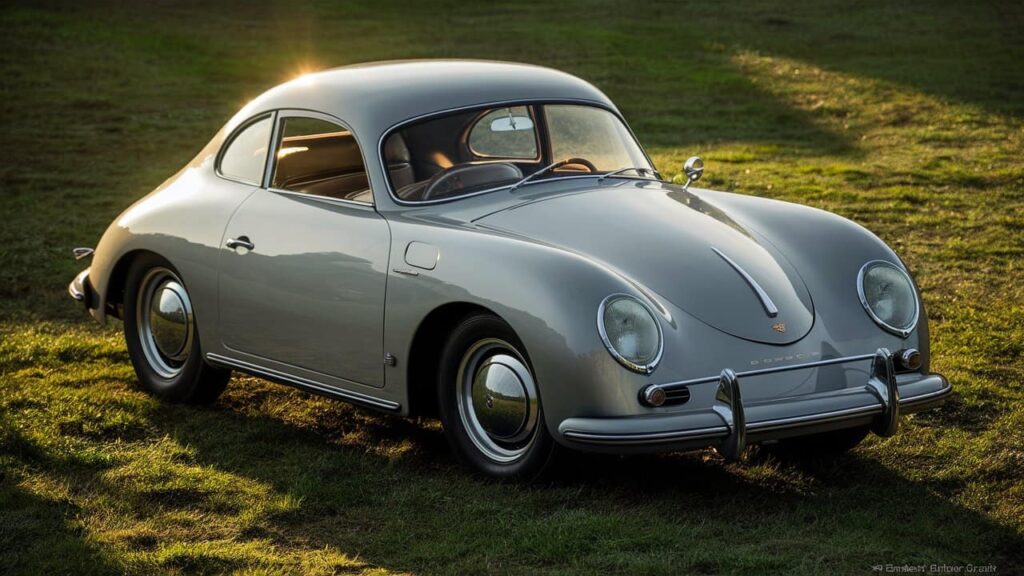
Porsche’s legacy in India is a testament to its unique blend of luxurious craftsmanship and high-performance engineering. As a brand synonymous with both opulence and speed, Porsche has carved out a distinct niche in the Indian automotive market. Its reputation for producing sports cars that deliver both thrilling performance and refined luxury has made it a favorite among car enthusiasts and collectors alike.
The Porsche 911, arguably the most iconic model in the brand’s lineup, exemplifies this blend of luxury and performance. Since its introduction, the 911 has undergone numerous evolutions, yet it has consistently retained its classic design, superior handling, and potent engines. Its enduring popularity in India is a reflection of its status as a symbol of prestige and driving pleasure.
Another classic model that has captivated Indian car aficionados is the Porsche 356. As the brand’s first production automobile, the 356 set the stage for Porsche’s future successes. Its combination of lightweight construction, agile handling, and sleek design made it a pioneer in the sports car segment. Collectors in India often seek out the 356 for its historical significance and timeless appeal.
The Porsche 928, with its grand tourer credentials, also holds a special place in the hearts of Indian luxury car enthusiasts. Introduced as a more practical alternative to the 911, the 928 combined powerful V8 engines with a luxurious interior, offering a unique driving experience that balanced comfort and performance. Its significance in the sports car segment lies in its innovative design and the advanced technology it brought to the market.
In the realm of old luxury cars available in India, Porsche models like the 911, 356, and 928 continue to be celebrated for their exceptional craftsmanship, innovative engineering, and the exhilarating driving experiences they provide. Their enduring popularity is a testament to Porsche’s ability to seamlessly integrate luxury with performance, making them timeless icons in the world of sports cars.
Porsche Classic Models Timeline
- Porsche 911 (1964 – Present)
- 1964: Introduction of the first Porsche 911, featuring an air-cooled flat-six engine.
- 1973: Launch of the 911 Carrera RS 2.7, a lightweight, high-performance model.
- 1989: Introduction of the 964 series, featuring all-wheel drive and improved aerodynamics.
- 1998: Launch of the 996 series, the first 911 with a water-cooled engine.
- 2011 – Present: Production of the 991 and 992 series, continuing the 911 legacy.
- Porsche 356 (1948 – 1965)
- 1948: Introduction of the first Porsche 356, the brand’s first production model.
- 1955: Launch of the 356A, featuring a more powerful engine and improved handling.
- 1964: Introduction of the 356C, the final version with disc brakes and other refinements.
- 1965: End of production for the Porsche 356.
- Porsche 928 (1978 – 1995)
- 1978: Introduction of the Porsche 928, a grand tourer with a front-mounted V8 engine.
- 1987: Launch of the 928 S4, featuring an upgraded engine and improved aerodynamics.
- 1995: End of production for the Porsche 928.
Challenges and Joys of Owning a Classic Luxury Car in India
Owning a classic luxury car in India presents a unique mix of challenges and joys. These vehicles, often seen as symbols of opulence and timeless elegance, require a significant commitment from their owners. One of the primary challenges is sourcing parts. Given the age and rarity of these automobiles, finding original parts can be a daunting task. Often, enthusiasts must rely on international suppliers or specialized dealers, which can lead to increased costs and extended waiting periods.
Another significant challenge is finding skilled mechanics. Classic luxury cars demand specialized knowledge and experience for proper maintenance and restoration. While there are a few expert mechanics in India, they are typically based in metropolitan areas, which may not be convenient for all owners. The scarcity of qualified professionals can lead to higher service costs and longer downtimes for the vehicle.
The costs involved in maintaining a classic luxury car are substantial. Beyond the initial purchase price, owners must budget for regular maintenance, part replacements, and potential restorations. Insurance premiums for vintage cars can also be higher, further adding to the financial commitment. Despite these challenges, many enthusiasts find the experience immensely rewarding.
The joys of owning a classic luxury car in India are manifold. One of the most significant rewards is the admiration from fellow enthusiasts and the general public. These vehicles often attract attention and spark conversations, creating a sense of pride and accomplishment for their owners. Additionally, the pleasure of driving a classic car is incomparable. The unique driving experience, characterized by these vintage machines’ distinctive sound and feel, offers a nostalgic journey back in time.
Furthermore, classic luxury cars can also serve as valuable investments. Over time, well-maintained vintage vehicles often appreciate, providing potential financial returns. This aspect adds an extra layer of satisfaction for owners who view their cars as both a passion and an investment.

